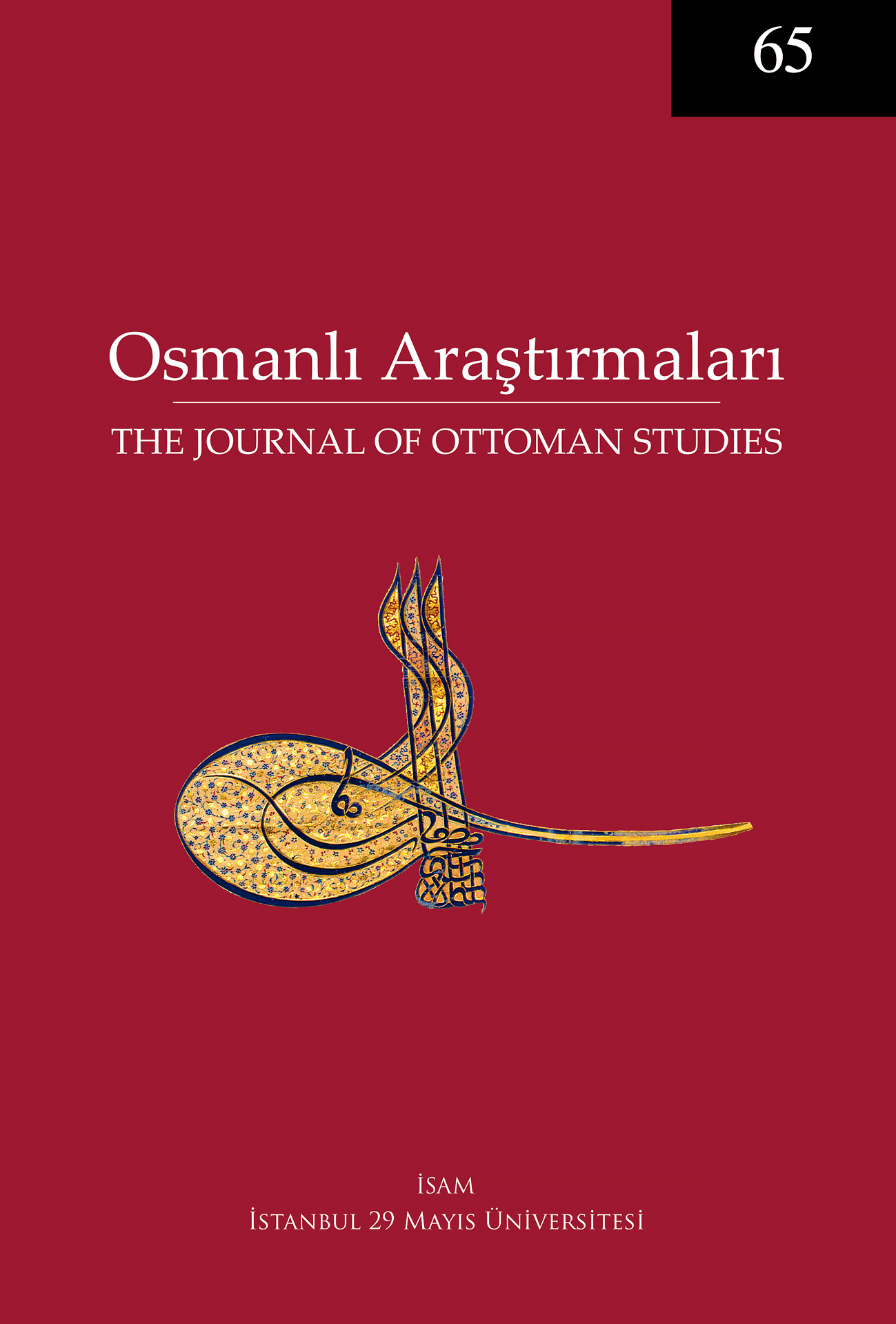Unveiling the Cretan Land Regime: Insights from Minkārîzâde Yahyâ’s Fatwas
Keywords:
Ottoman Crete, Minkārîzâde Yahyâ, Fatwas, Harâcî Land Regime, Legal CodeAbstract
During the Köprülü Era (1656–1683), with the exception of campaigning on the northern borders, the sole military campaign which was conducted occurred at the town of Candia in Crete, which surrendered in 1669. With the enactment of the legal code (kânûnnâme) in 1670, the lands of this island were designated as harâcî rather than the prevalent mîrî land in the Ottoman Empire. Although various historians have analyzed this seemingly exceptional situation on the island, this issue has not been addressed in the light of the fatwas of Minkārîzâde Yahyâ (d. 1678), who served as the chief jurist from 1662 to 1674. In order to fill this gap in the literature, this article aims to recontextualize the newly established land regime in Crete subsequent to its final conquest by the Ottoman Empire in 1669, taking into consideration the fatwas issued by Minkārîzâde Yahyâ. In this context, this article has two main objectives. The first is to establish that the fatwas concerning Crete, commonly attributed to Menteşzâde Abdurrahîm (d. 1716), actually belong to Minkārîzâde; the second is to move the discussion of the land regime in Crete from its current place in the literature being analyzed around the question of whether sharia prevailed over Ottoman law in the seventeenth century to the center of the historical debate known as the “death of the proprietors.”




